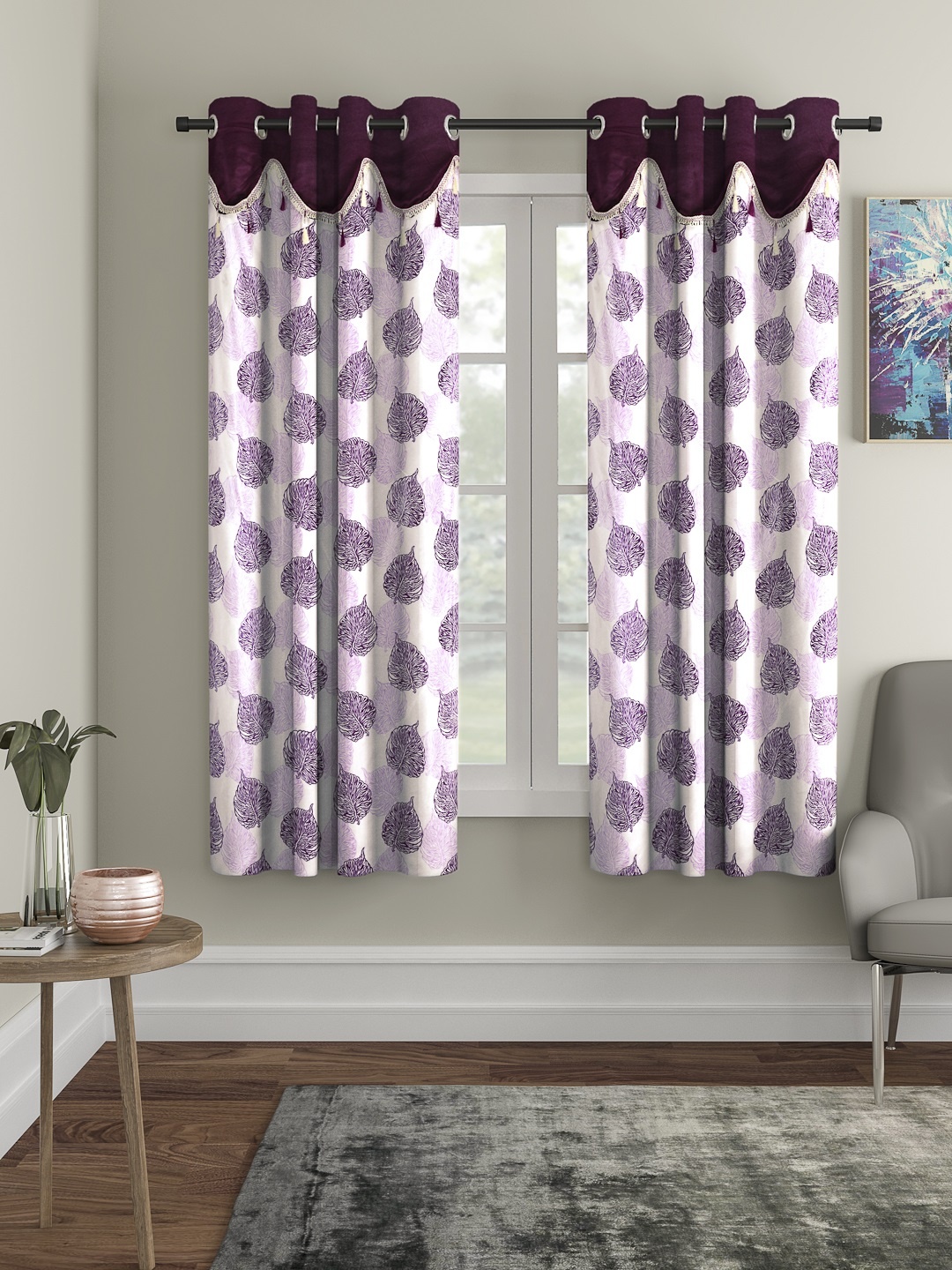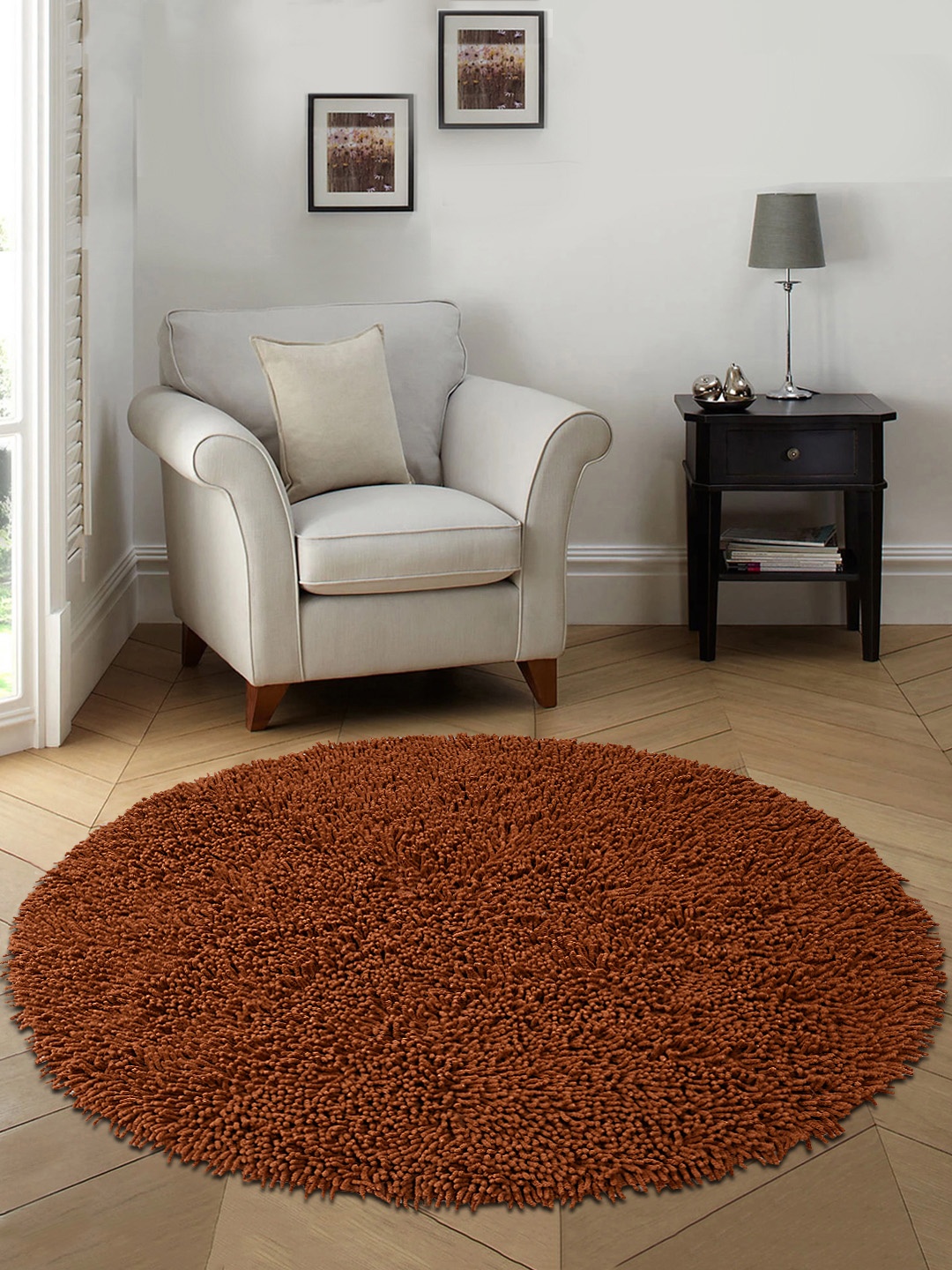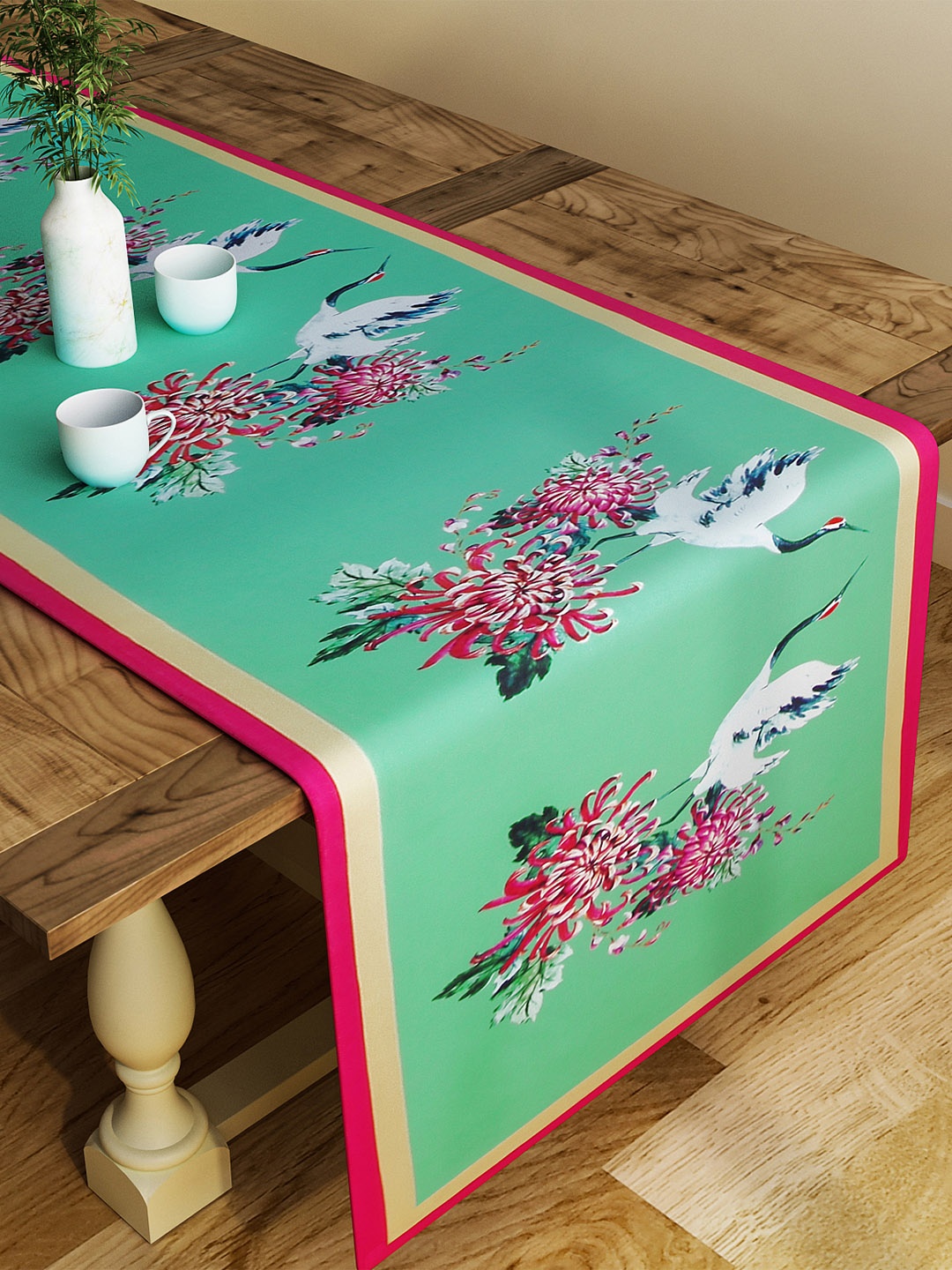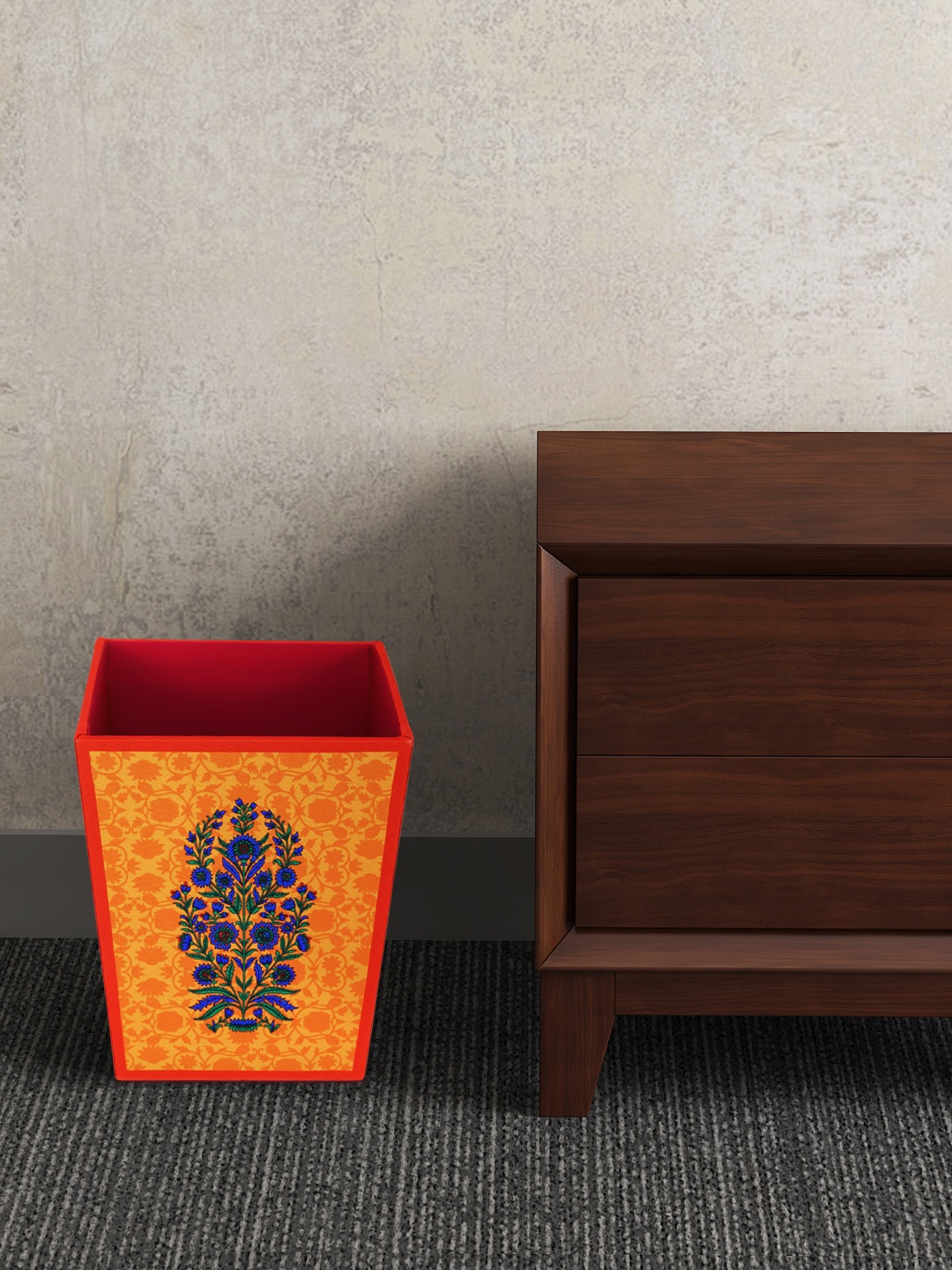How To Remove Musty Smells From Your Home: Proven Tips Beyond Aroma Candles
Let's break down practical ways to reclaim your home's freshness, without relying solely on candles. Check how to remove musty smells from your home with these easy tips.

How To Get Rid Of Musty Smell From Home: Why Aroma Candles Alone Cannot Remove Odours.
Nothing feels worse than walking into your home after a long day, expecting comfort, and instead being greeted by a damp, musty smell that clings to the air. It's that stubborn scent that reminds one of locked rooms, old trunks, and monsoon-soaked walls. Many people light a few aroma candles or spray a burst of room freshener, hoping it'll vanish. And for a few hours, the house may indeed smell like lavender or sandalwood. But once the fragrance fades, the unpleasant odour creeps back, reminding you it never truly left.
A home's scent is like its signature. It can reflect cleanliness, warmth, and a welcoming spirit, or hint at neglect and moisture. The trick isn't about covering smells; it's about understanding what causes them and fixing those issues from the root. Here are tips, beyond aroma candles, that show how to remove musty smells from your home.

How To Remove Musty Smells From Your Home: Tips Beyond Aroma Candles
Photo Credit: Pexels
Getting To The Root: Practical Ways To Eliminate That Musty Smell For Good
1. Understand Where the Smell Comes From
A musty odour is more than a random inconvenience; it's a symptom. Think of it as your home whispering that something's not quite right. The smell usually comes from mould, dampness, or stale air trapped in corners. Forgotten areas like the loft, behind wardrobes, or under sinks are often the worst offenders.
During humid months, walls and wooden furniture absorb moisture like sponges. This trapped dampness becomes a playground for mildew. Sometimes, the culprit is as simple as leaving clothes slightly wet before storing them or ignoring a minor leak behind the bathroom tiles.
Before reaching for a candle, do a “smell tour”, follow your nose to the source. Sniff around drains, bathrooms, old carpets, and cupboards. Once the cause is found, addressing it directly prevents the odour from coming back. In essence, fighting mustiness starts with curiosity and a little detective work.
2. Clean Deep, Not Just the Surface
No fragrance can hide a dirty corner for long. When a house smells musty, surface cleaning won't cut it. Dust, grease, and moisture build up in hidden places, inside drawers, under furniture, and behind curtains. Deep cleaning means pulling furniture out, vacuuming behind it, washing cushion covers, and giving carpets a thorough shampoo.
Pay special attention to soft furnishings, which absorb smells like a sponge. Washing curtains with a mild detergent and sun-drying them can instantly brighten a room's mood. Use natural cleaners like vinegar, baking soda, or lemon juice to disinfect and deodorise without harsh chemicals.
One satisfying tip: sprinkle baking soda on mattresses and carpets, leave it for an hour, then vacuum it up. It's a simple trick but incredibly effective. Deep cleaning may sound tedious, but once done, you'll notice the difference, that light, airy freshness that no candle can mimic.
3. Improve Ventilation: Let the House Breathe
Fresh air is the cheapest and most powerful deodoriser. When windows remain shut for too long, air stagnates and traps smells. Even the best candles struggle against that kind of staleness. The simplest remedy? Open up.
Cross-ventilation works wonders; open windows on opposite sides of the house to allow natural air flow. If you live in an apartment where sunlight and wind are limited, use exhaust fans strategically. They help draw out dampness from bathrooms and kitchens.
A morning routine of throwing open the windows for even half an hour can drastically reduce humidity levels. And while the outside air may not always be perfectly fragrant, the freshness it brings beats the heaviness of stale indoor air any day. Remember, a house that breathes well rarely smells bad.
4. Attack the Dampness Before It Attacks You
Musty smells are moisture's best friends. And humidity loves to sneak in through cracks, leaky pipes, or poorly sealed windows. The trick is to spot damp patches early, the ones where paint bubbles or the wall feels cold to touch.
Dehumidifiers work wonders in such cases, but for a more economical fix, try natural moisture absorbers like rock salt or silica gel packets. Keep them in wardrobes and corners prone to dampness. If there's a plumbing issue, fix it instead of masking it with scent.
Also, airing out wet items, whether it's laundry, bathroom mats, or kitchen towels, is vital. Never fold or store damp fabric, no matter how minor the moisture seems. A little prevention can save a lot of sniffing later.
5. Revive Soft Furnishings and Upholstery
Fabric items hold odours longer than hard surfaces. Sofas, curtains, and cushions can quietly accumulate smells from sweat, smoke, and moisture. The result? A home that feels stuffy no matter how many candles you light.
Vacuum upholstery regularly, especially in corners and seams. Steam cleaning is even better if you can manage it, it kills bacteria and neutralises odours. Sunlight is another natural deodoriser. Laying out sofa cushions or rugs under the morning sun for a few hours can refresh them instantly.
If your furniture has removable covers, wash them every few months. Add a few drops of eucalyptus or lemongrass oil in the rinse cycle, it leaves a mild, natural scent that lasts longer than artificial sprays.

How To Remove Musty Smells From Your Home: Tips Beyond Aroma Candles
Photo Credit: Pexels
6. Pay Attention to the Kitchen and Fridge
Kitchens are the heart of the home, and often the source of lingering smells. Spilled curry, spoiled food in the fridge, or damp sink areas can release strong odours that travel through the house. No candle can overpower a leftover fish smell hiding behind a refrigerator shelf.
Start by cleaning drains with a mix of vinegar and baking soda; it clears out grease and bacteria. Empty and scrub your fridge every two weeks, checking for forgotten leftovers. Keep a small open bowl of baking soda inside to absorb future odours.
Regularly clean your exhaust fan and stove filters, these collect oily residues that trap food smells. A tidy, dry kitchen doesn't just smell better; it also feels lighter and more inviting to cook in.
7. Refresh Your Wardrobes and Storage Areas
That musty whiff from a wardrobe can cling to clothes even after washing. Moisture builds up in closed storage, especially during monsoons. To fix this, start by emptying your wardrobe completely. Wipe it down with a mild disinfectant and dry it thoroughly before putting clothes back.
Keep small cotton bags filled with dried neem leaves or cloves inside, both are natural repellents and deodorisers. Silica gel sachets are excellent for controlling moisture in storage boxes and shoe racks. Avoid overstuffing wardrobes, as packed clothes restrict air circulation and trap smells.
An old but gold trick: place a piece of charcoal wrapped in muslin inside your cupboard. It absorbs odours quietly and effectively. No fancy candle required!
8. Embrace Natural Fragrance the Smart Way
Artificial fragrances can only mask smells, while natural ones refresh. Instead of relying on synthetic sprays, try simmering a pot of water with cinnamon sticks, lemon peels, or cloves. The aroma fills the house with a comforting warmth that feels genuine.
Another option is to use essential oil diffusers. Oils like tea tree, peppermint, or lavender not only smell good but also have antibacterial properties. Mix a few drops with water in a spray bottle and mist it lightly over curtains or cushions.
If you love candles, opt for soy or beeswax-based ones infused with essential oils. They burn cleaner and complement natural freshness instead of covering stale air.
9. Keep Pets and Shoes from Stealing the Spotlight
Pet odours and smelly shoes are classic offenders. Regular grooming and washing pet bedding make a big difference. Vacuum pet hair and dander frequently, as these can carry odours that linger in the air.
For shoes, sun them once a week and sprinkle a little baking soda inside before wearing. A small rack near the entrance, preferably outdoors or in a ventilated corner, helps prevent smells from spreading indoors.
Adding a few drops of eucalyptus oil on cotton balls and placing them near the shoe area keeps it smelling crisp. Remember, cleanliness and ventilation together beat any scented candle's efforts.
10. Maintain Regular Cleaning Habits
Freshness isn't achieved once; it's maintained over time. Regular habits like wiping surfaces daily, washing linens weekly, and letting sunlight in can make a remarkable difference. Think of it as an investment, a few minutes every day keep your home smelling pleasant naturally.
Using natural cleaning agents like vinegar and lemon not only saves money but also keeps indoor air toxin-free. Lighting a candle once in a while is fine, but let it be the finishing touch, not the main solution.
In short, consistency wins over quick fixes. A home that's looked after regularly rarely gives you olfactory surprises.

How To Remove Musty Smells From Your Home: Tips Beyond Aroma Candles
Photo Credit: Pexels
Products Related To This Article
1. EM5 Relax & Calm Aromatherapy Scented Candles
2. Aromahpure Lemon 3 Wick Candle in Container with Lid
3. Night Jasmine Soy Wax Candle – Long-Lasting Aromatherapy
4. Soy Wax Scented Candles for Home Decoration
5. AuraDecor Gift Set of 4 Fragrance Votive Glass Candles
6. SATYAM KRAFT 4 Pcs Tin Can Round Shape Aroma Scented Soy Wax Candle Perfect
7. PROSPERRO LUMO by Parkash Candles
Aroma candles are delightful. They add a touch of warmth, a flicker of comfort, and moments of calm. But when it comes to truly getting rid of musty odours, they are only part of the story, not the solution. Real freshness is born out of clean air, dry corners, sunlight, and a touch of care.
A house doesn't just need fragrance; it needs breathing space. So, instead of covering up smells, chase them to their source, fix what's causing them, and then let your favourite candle do what it does best: add charm, not camouflage. Because nothing smells better than a genuinely fresh home.


















![Steam Iron Teflon Shoe Cover for ES-300,ST-96 [Only For ES-300 and ST-96 Model Electric Steam Irons]](https://m.media-amazon.com/images/I/51wwkttondL._SL160_.jpg)





